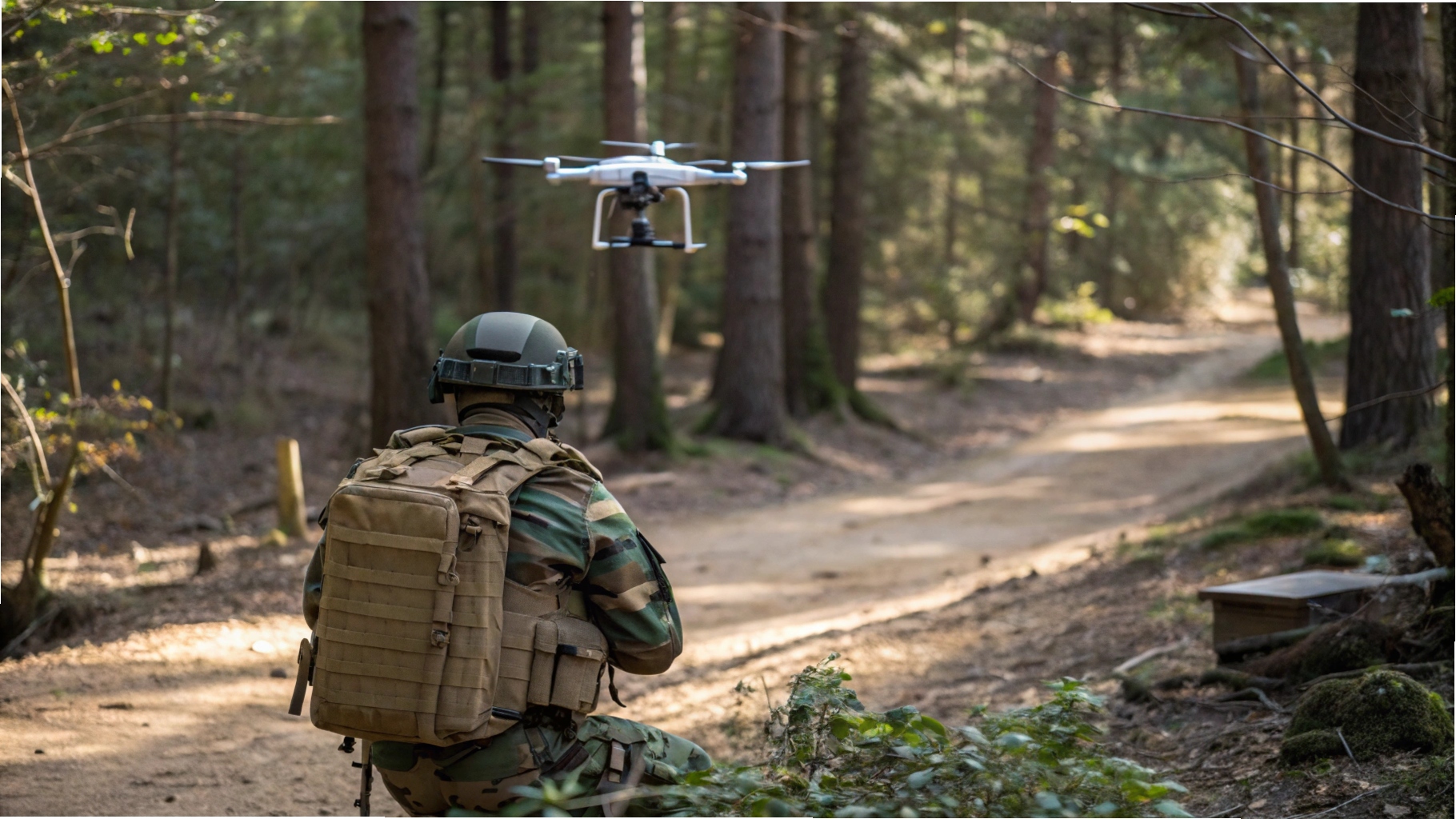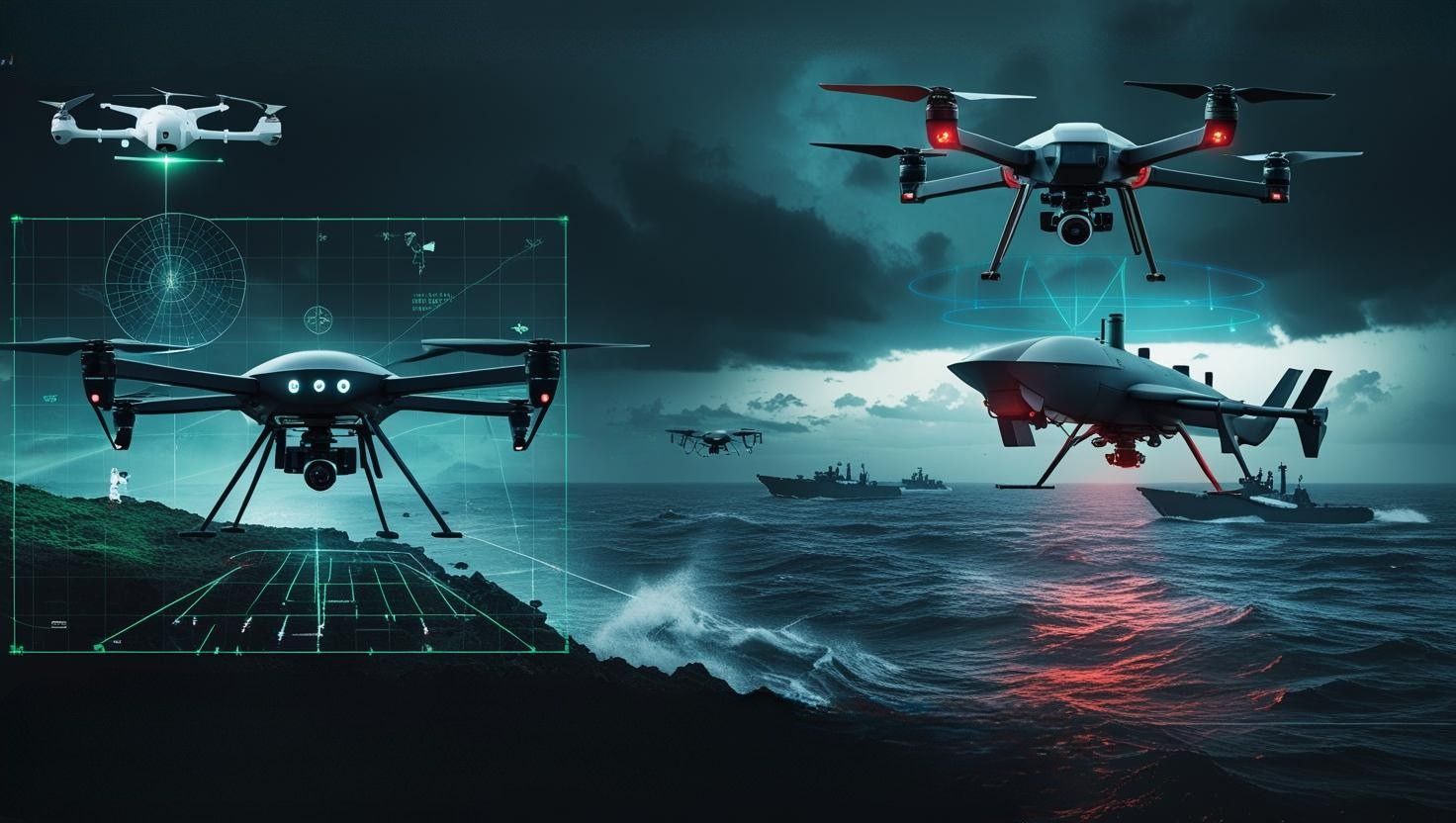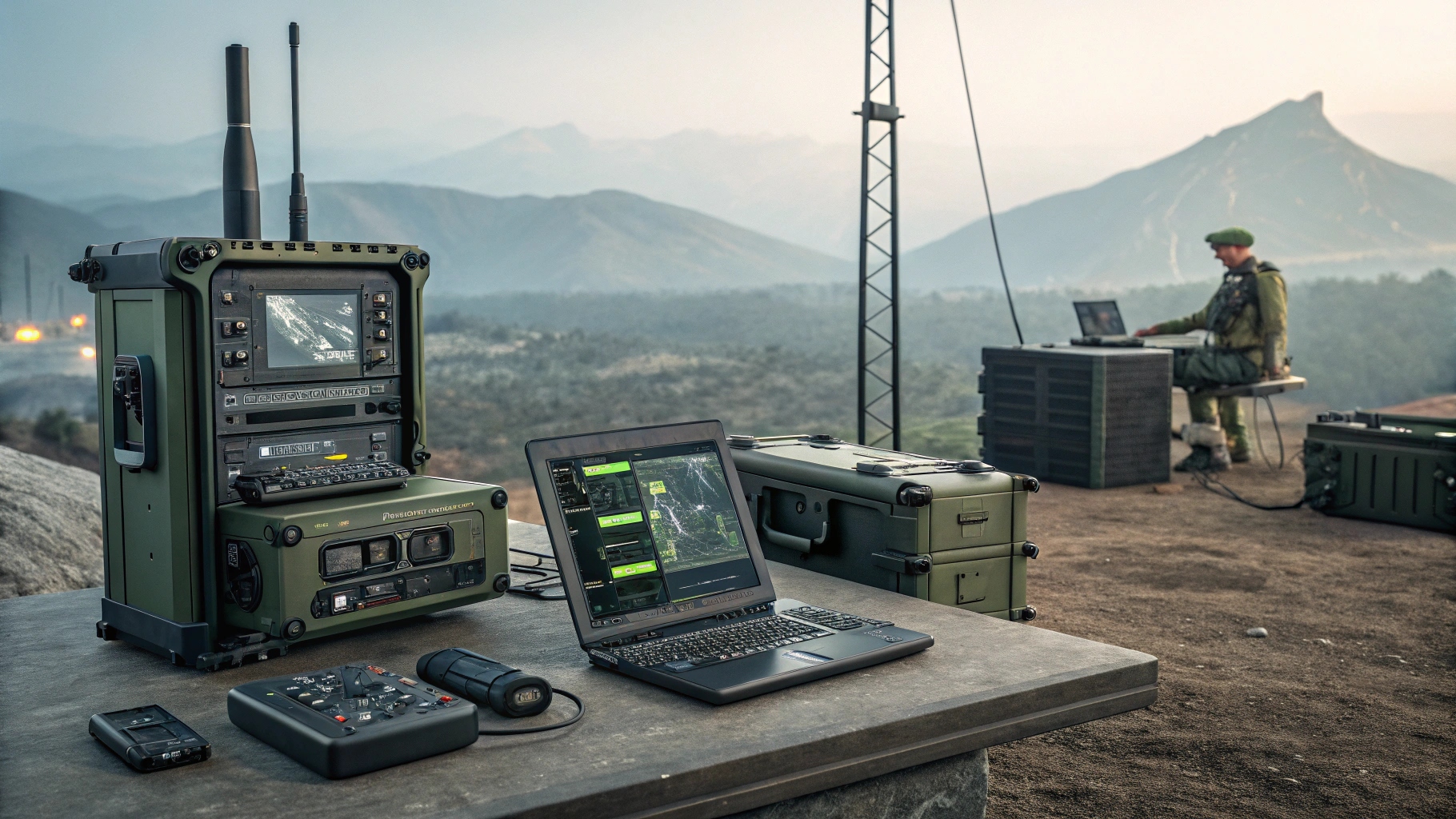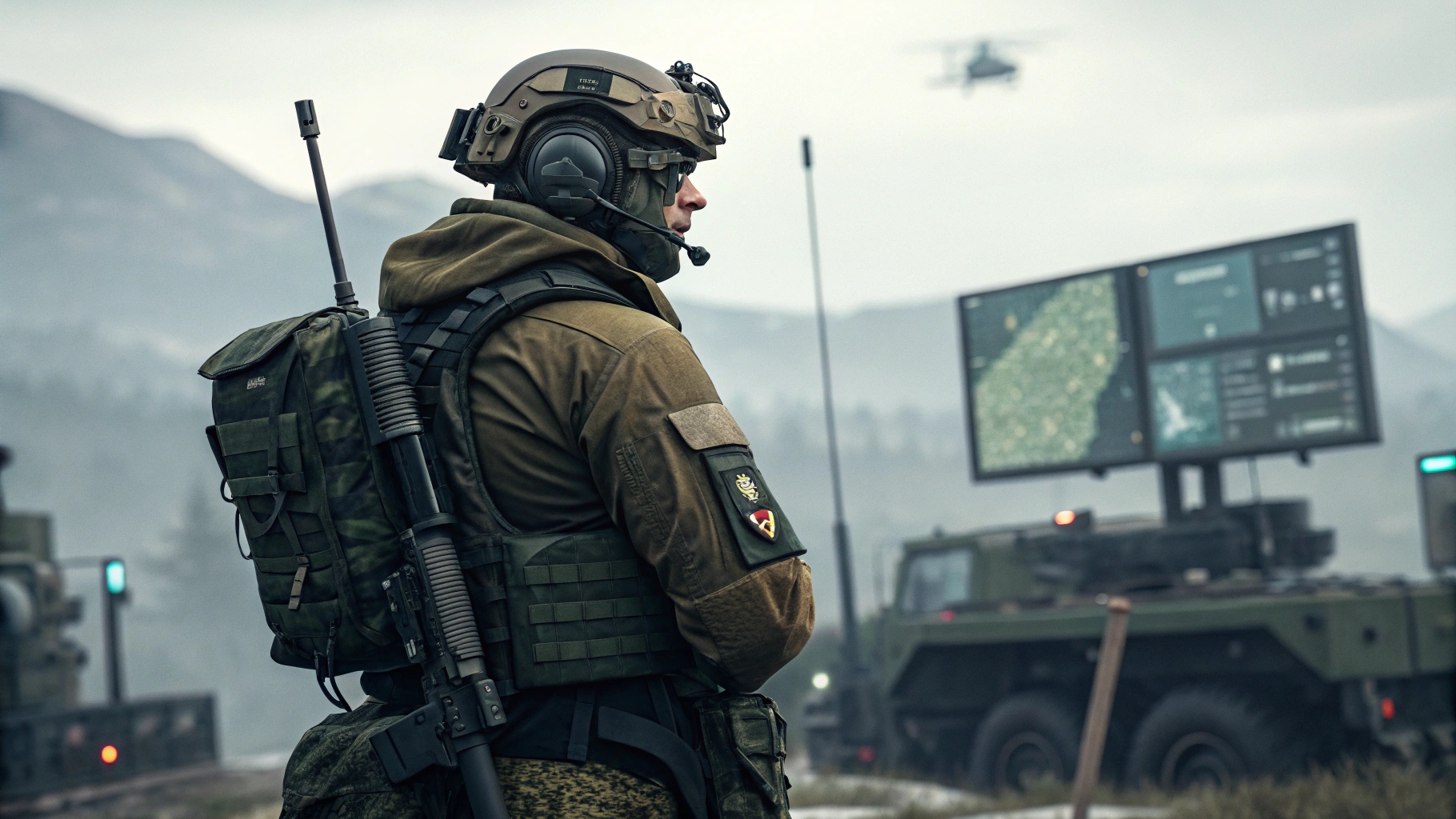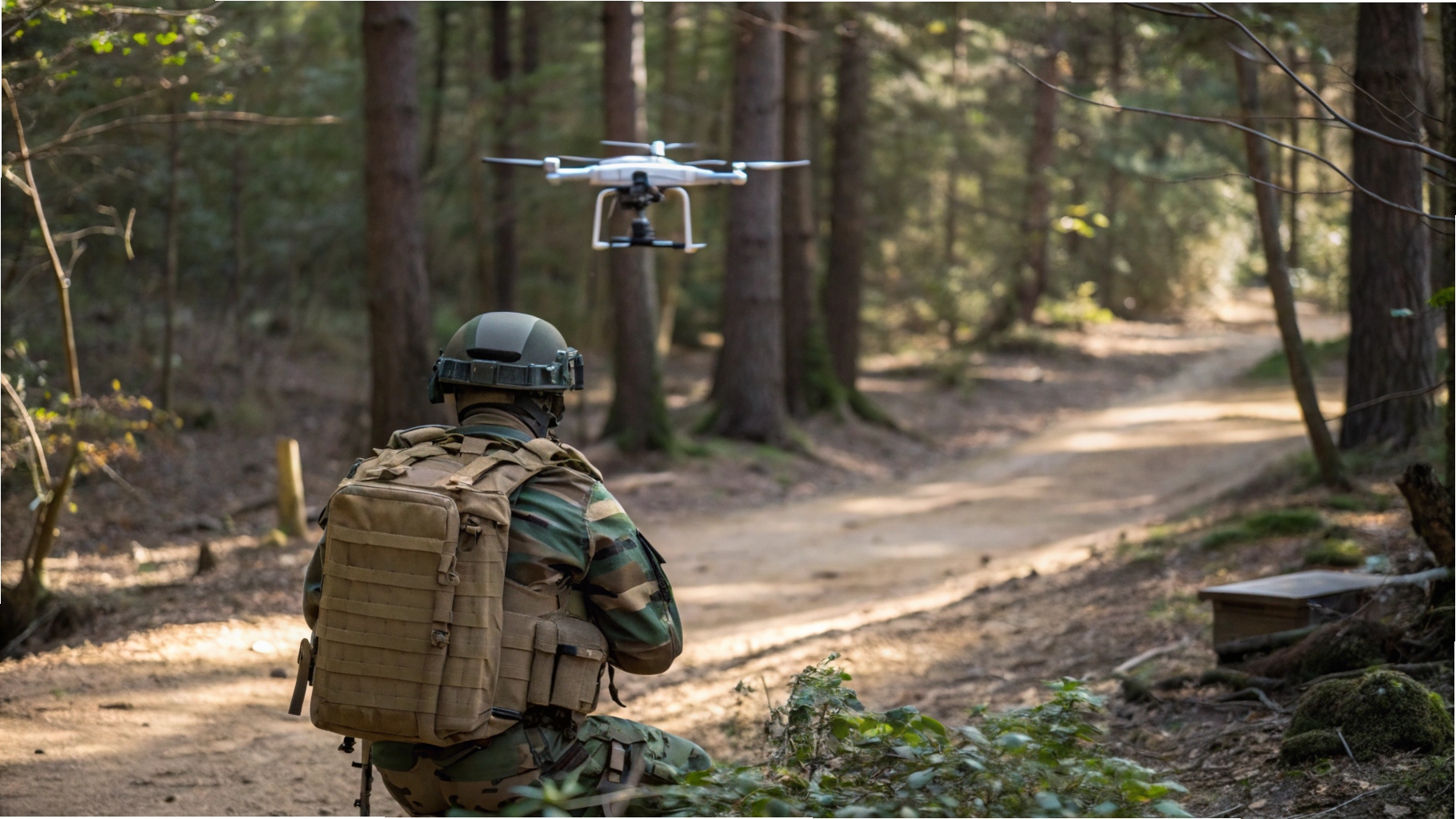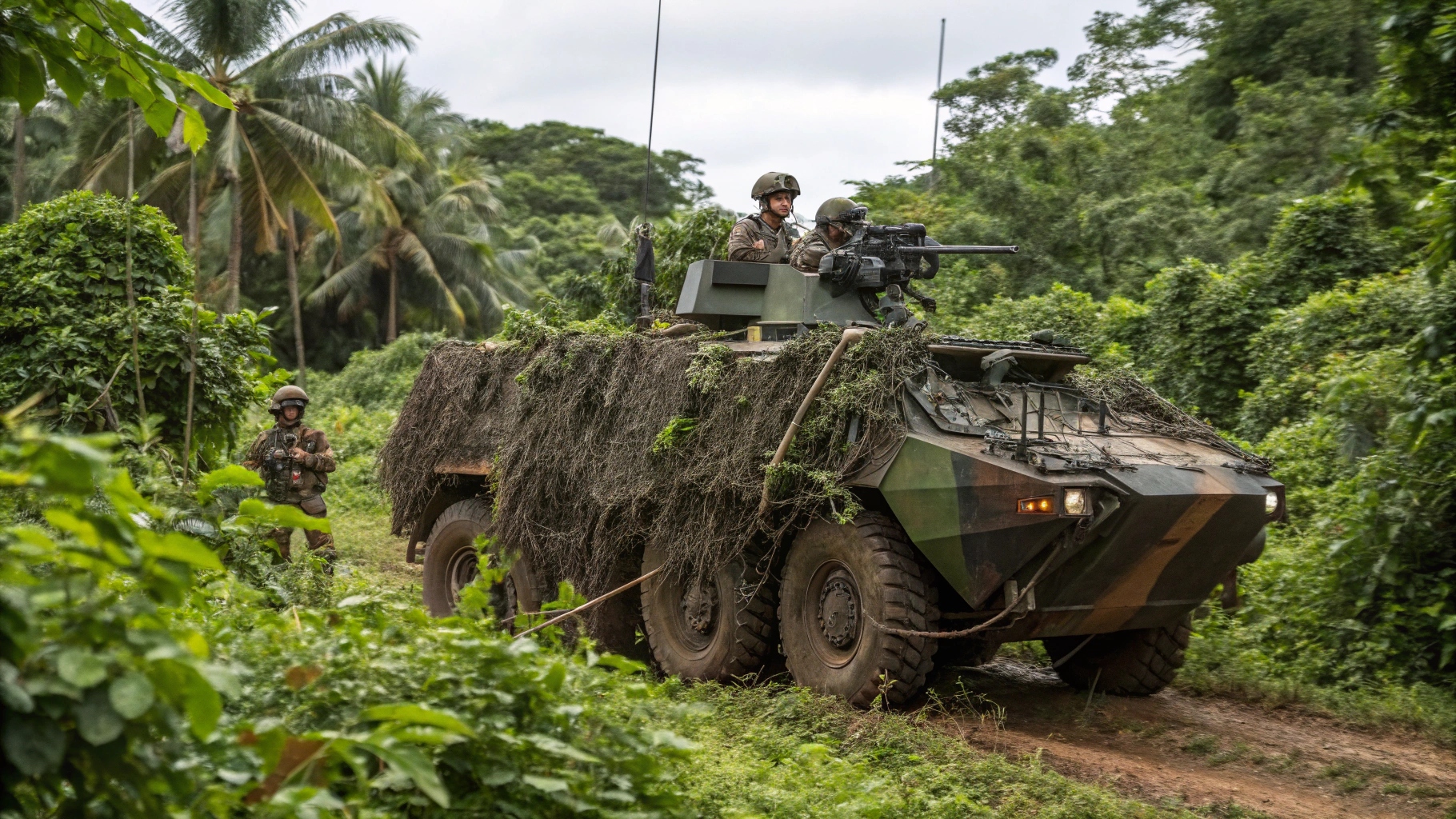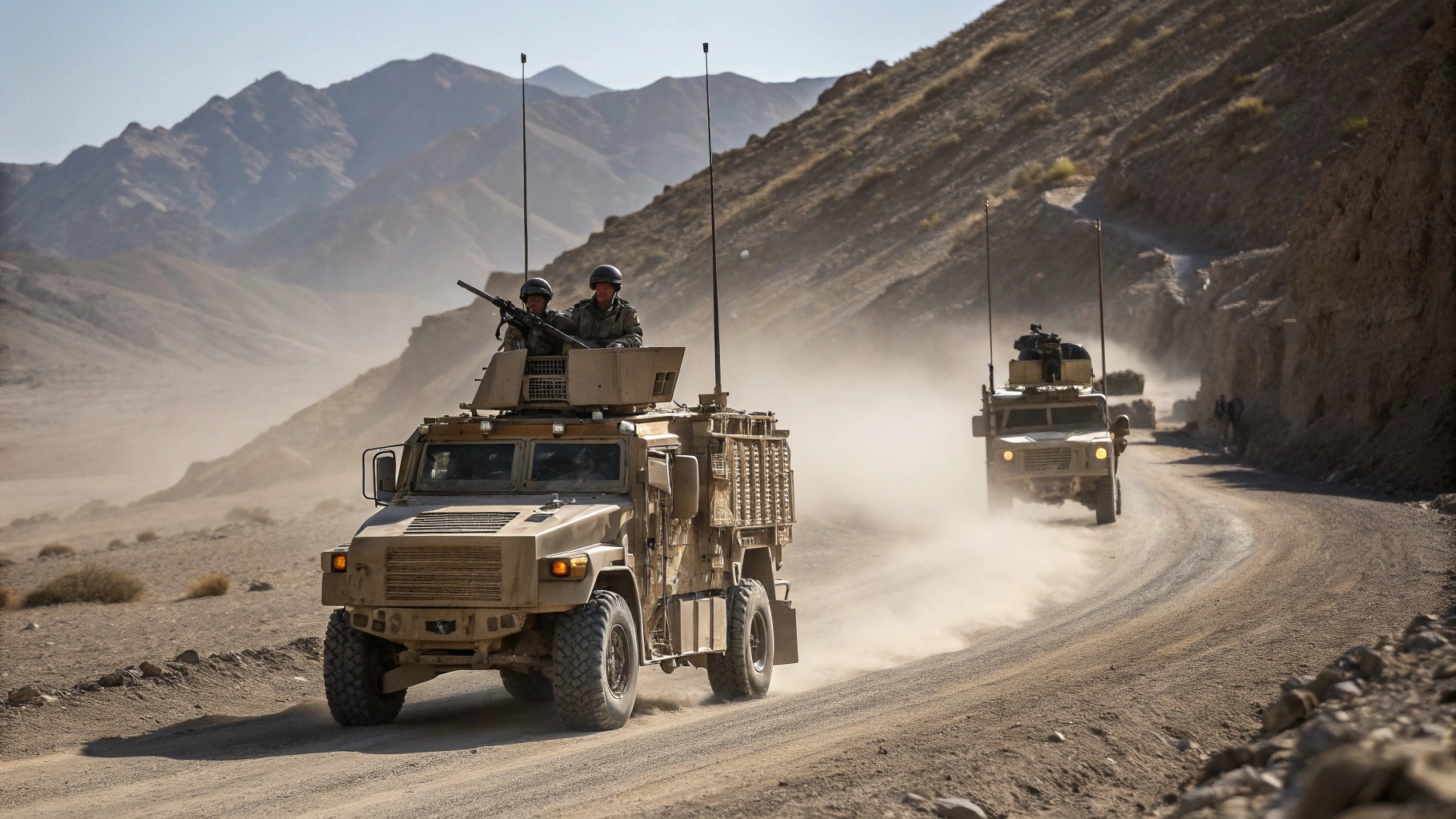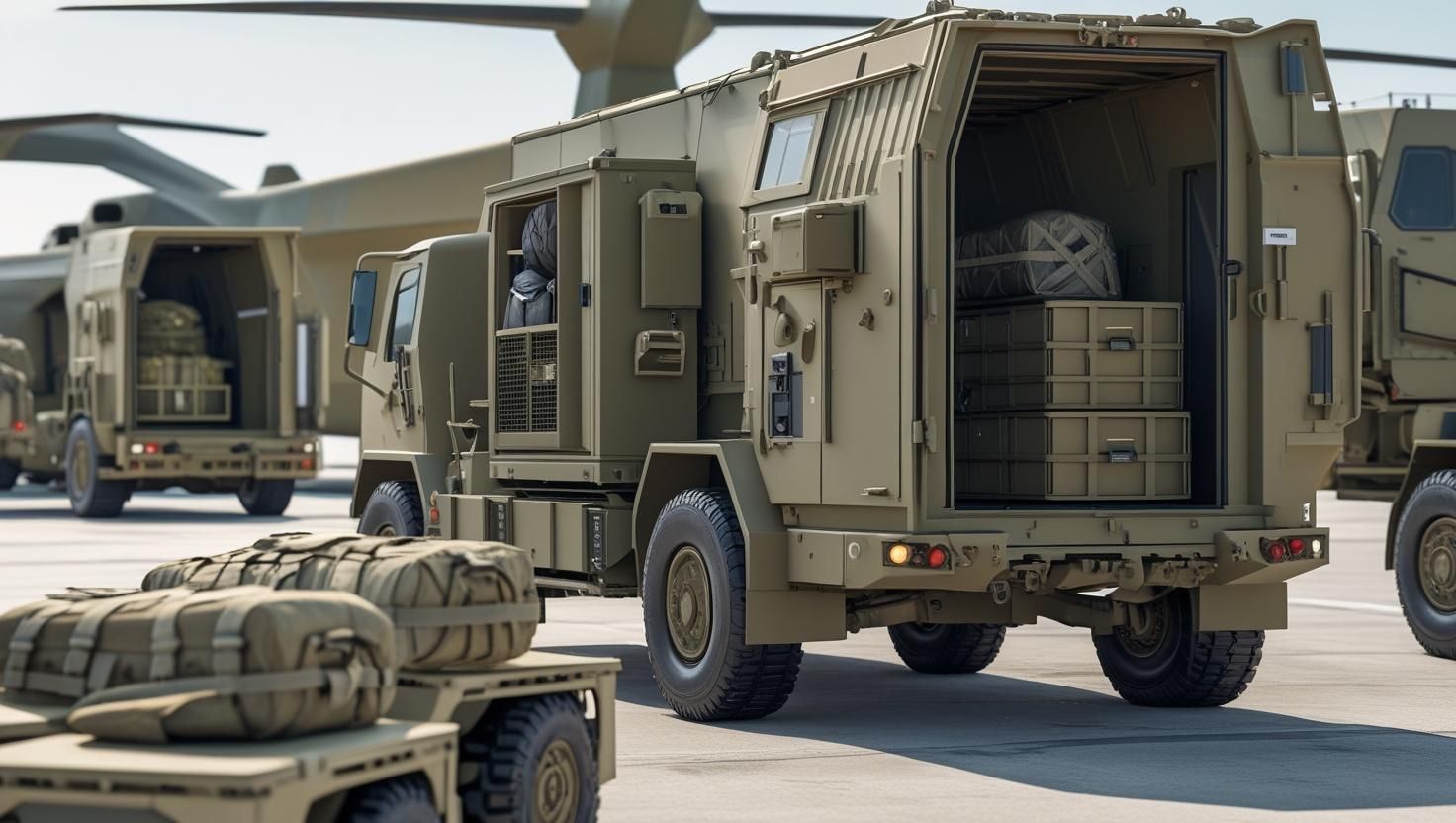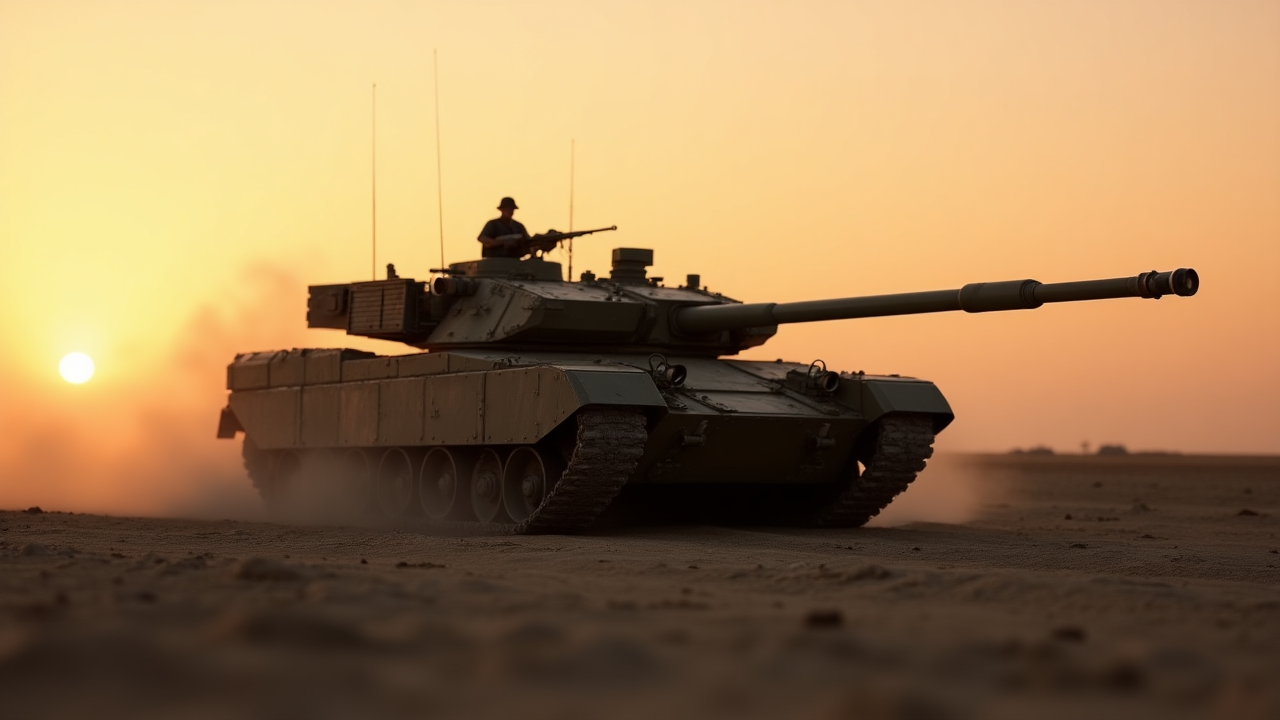
Faced with the evolving threat landscape posed by China and Russia’s growing space and missile capabilities, the US Army has launched a comprehensive modernization campaign to reinforce its ability to operate in increasingly contested environments.
Speaking at a defense conference in Alabama, Lt. Gen. Sean Gainey highlighted a major shift in strategy toward integrated deterrence, uniting air, missile, and space operations under a streamlined, tech-enabled command framework.
Core pillars of the effort include the integration of artificial intelligence, development of counter-space tools, and enhanced joint coordination across domains. To implement this, the Army is building out its operational footprint with next-generation formations — including Patriot battalions equipped with LTAMDS radars, Indirect Fire Protection units, and Counter-UAS systems — designed for a multi-layered, adaptable defense posture.
These changes reflect real-world lessons from recent conflicts in Ukraine and the Middle East, where drone swarms, hypersonics, and rapid-response systems have redefined battlefield dynamics.
A notable development is the upcoming October launch of the 40D Space Operations Military Occupational Specialty, the Army’s first space-focused enlisted role, which will embed space capabilities directly into corps-level training and planning cycles.
Toward 2040: Leaner, Faster, More Lethal
Looking ahead, Gainey underscored the Army’s 2040 Air and Missile Defense Strategy, which envisions modular, scalable formations capable of operating across diverse terrains and seamlessly integrated with allied and joint forces. These formations will feature human-machine teaming, AI-assisted targeting, and advanced interceptor and offensive strike systems.
The Army’s Space and Missile Defense Command will remain central to this evolution, working closely with US Northern Command, Space Command, and the Missile Defense Agency to develop a future-proof homeland defense architecture.





